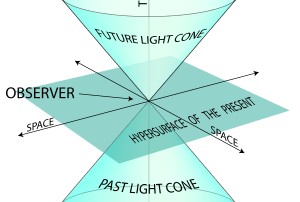The Soul – Part IV. The Whole vs. the Parts
This is the fourth installment in the series of essays on the nature of the soul. The first three installments can be found here: What Is a Soul? I. The Spiritual vs. the Materia What Is a Soul? II. Anatomy of the Soul What is a Soul? III. The Many Souls of Man At the dawn of classical philosophy, there were two leading schools of thought: holism and atomism. Holism holds that a system (e.g., physical, chemical, biological, social) should be viewed as a whole rather than a collection of parts. Atomism, in contrast, holds the reductionist view that every system is a collection of parts, and the system can be known only by studying its parts. Holism[1] essentially stands for the proposition that the whole is greater than the sum of its [...]






